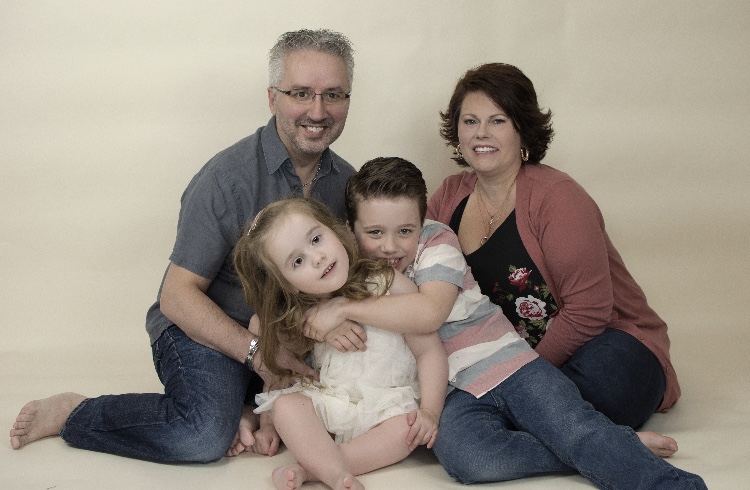-
Stallings Hudson posted an update 1 month, 3 weeks ago
Thinning scissors, also known as texturizing shears, are an essential tool in hairdressing, providing an exceptional way to shape and refine hair without significantly altering its length. Unlike regular scissors, thinning scissors have teeth on a single or both blades, which allow them to remove bulk and add texture. Using thinning scissors properly needs a bit of practice, as mistreatment can lead to undesirable results. Here’s a thorough guide on how to use thinning scissors for both professionals and beginners.
What Are Thinning Scissors?
Thinning scissors have serrated edges with gaps between the teeth, allowing hair to be cut in sections instead of in a solid line. The primary purpose of these scissors is always to thin out thick hair, add texture, blend layers, and soften lines, driving them to an incredibly versatile tool. They come in various forms, including:
Single-sided thinning scissors: Only one blade has teeth, as the other is smooth.
Double-sided thinning scissors: Both blades have teeth for the softer cut.
Chunking shears: These have fewer teeth, which makes them perfect for removing large amounts of hair.
When Should You Use Thinning Scissors?
Thinning scissors are perfect for:
Reducing Hair Bulk: They help thin out thick hair, making it easier to handle without compromising style.
Creating Texture: Adding subtle texture to hair helps it be look more natural and voluminous.
Blending Layers: Thinning scissors help blend layered cuts, removing harsh lines and creating a smooth finish.
Softening Ends: They provide a softer try to find the ends from the hair, specifically blunt cuts that require a less dramatic finish.
Step-By-Step Guide to Using Thinning Scissors
1. Start with Clean, Dry Hair
Thinning scissors perform best on dry hair since you can see your hair’s natural texture and flow. Wet hair causes it to be harder to evaluate how much bulk you’re removing.
2. Section the Hair
Divide the head of hair into manageable sections. Typically, an experienced stylist works from the bottom layers to the peak to maintain control over the thinning process. For beginners, smaller sections allow better precision.
3. Choose the Right Angle
Holding the scissors in the correct angle is vital for even thinning. Position the thinning scissors parallel on the section you would like to thin, keeping them in a 45-degree angle. This helps avoid harsh, straight cuts and provides a natural finish.
4. Use Short, Controlled Snips
Instead of cutting about the same length from the hair section, make short, controlled snips at the middle or end from the strand. Avoid cutting too close on the roots, as this can cause frizz and unmanageable volume.
5. Focus on Problem Areas
Thinning scissors are ideal for focusing on specific troublesome areas, much like the sides or back with the head, where hair tends to get thickest. Take care to not thin your hair too much in areas which are already naturally fine.
6. Blend Layers Carefully
When blending layers, open and close the thinning scissors gently within the layer transitions to cut back harsh lines. To create a natural, seamless look, begin with a light touch, since you can always get back to remove more.
7. Remove Bulk Gradually
It’s important to not over-thin, as thinning scissors can easily make your hair look sparse. Work gradually, checking the outcomes after each snip. Step back, assess the head of hair, and continue as long as needed.
8. Finish and Style the Hair
Once you’re happy with the outcome, style your hair as usual. Thinning often helps hair lay better and gives an even more polished look.
Tips and Tricks for Using Thinning Scissors
Practice on Small Sections: Especially if you’re new to using thinning scissors, work on small sections first to secure a feel for where did they work.
Less is More: Thinning excessive hair simultaneously can create unevenness and even leave the hair looking thin and lifeless.
Avoid Roots: Cutting too close on the scalp with thinning scissors can bring about frizz or unwanted volume.
Use Sparingly on Curly Hair: Thinning scissors can on occasion disrupt the curl pattern. Focus on the outer layers and prevent heavy thinning.
Care for Your Scissors: Keep them clean and sharp to find the best results.
Common Mistakes to Avoid
Thinning Too Much: It’s simple to get caught up. Thin gradually and assess the results as you go.
Using Thinning Scissors on Fine Hair: Thin or fine hair doesn’t usually require thinning, as it could make it look sparse.
Cutting Too Close for the Scalp: This can cause unwanted volume and frizz in the roots.
Not Blending Layers Correctly: Always check that your layers are well-blended to prevent choppy or uneven results.
Using thinning scissors could be a transformative skill for both professionals and at-home hair enthusiasts. With attention to technique and a few practice, thinning scissors can improve your styling, add texture, and reduce bulk without altering length excessive. Start small, work gradually, and enjoy the flexibility these tools can bring for your hair-cutting routine.

Living with depression and anxiety. Raising a child with cereabal palsy. The ups and downs of life; the rain and the sunshine!